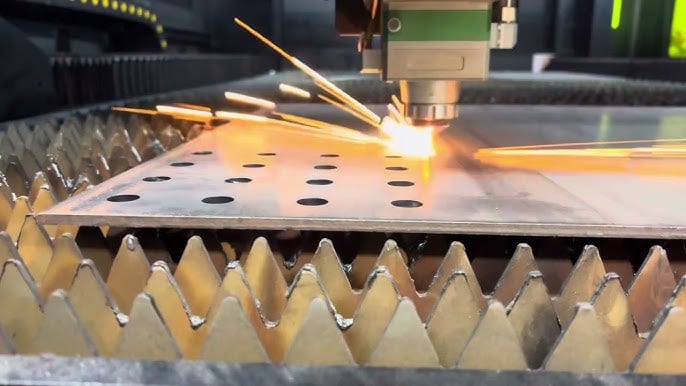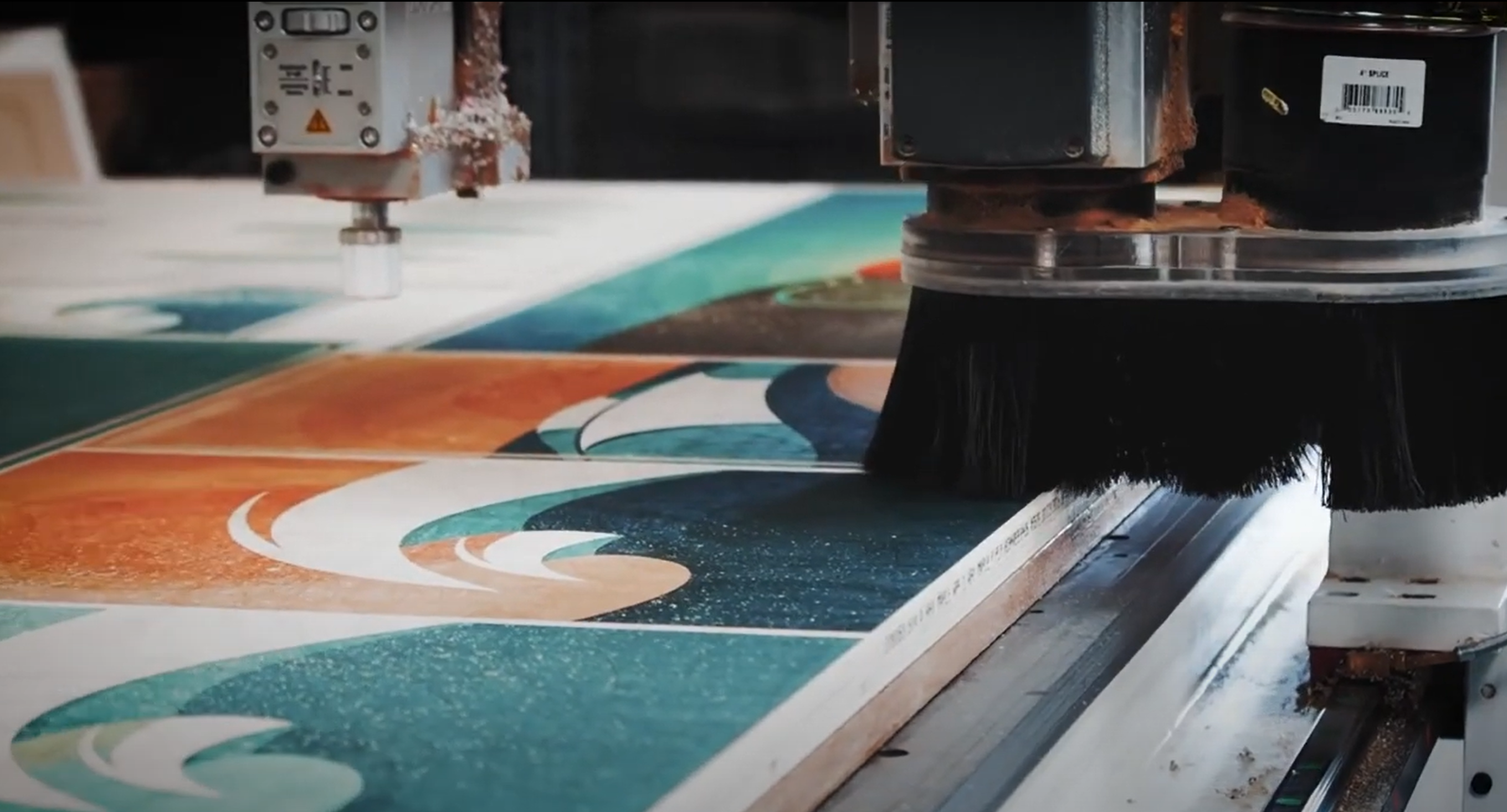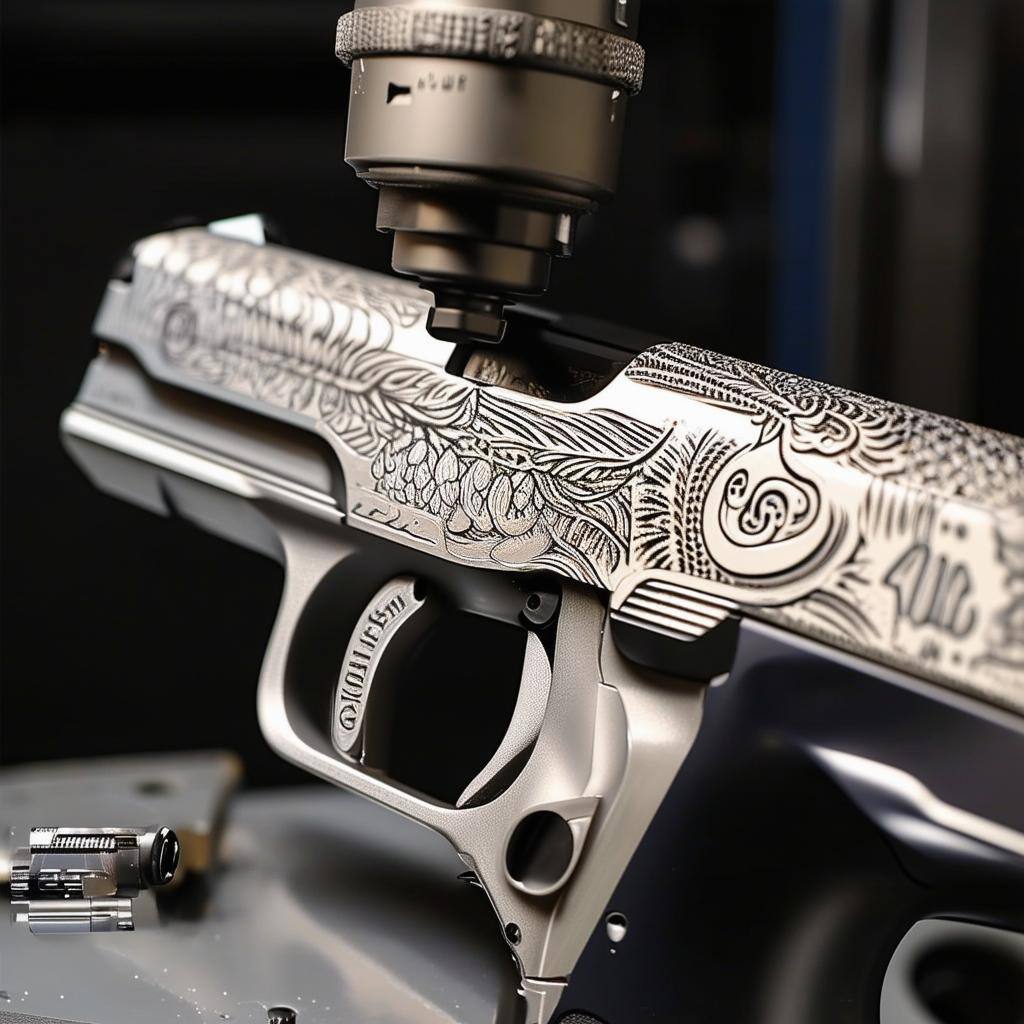You may have had this experience on your CNC router; you’ve determined the XY origin for your project, and you need to get the spindle directly over that origin point to zero the X and Y. You move the spindle, lean over, have a look, move the spindle, lean over, have a look…..rinse and repeat. If you’ve got an endmill bit or ball nose bit in the spindle, it’s hard to be visually accurate with this approach. A V-bit in the spindle simplifies this, but it can still be a cumbersome process.
Here’s another scenario. Your project piece is already cut to size and you need to make sure it gets secured to the spoilboard so it’s PERFECTLY parallel to the X or Y axis.
You get your router bit close to the surface, then move it in only the X or Y direction to check positioning. Adjust, repeat, adjust, repeat… You get it.
Here’s an approach that’ll really simplify the process for you.

First steps
The first thing you need to do is choose the XY origin within your software (in this case, VCarve Pro). I’ve selected the center of the board as the origin.

Mark the origin on your board. Of course, if the origin has been set to a corner, you don’t need to mark it at all.
The secret ingredient

We’re borrowing the device that simplifies this process from another industry. This is a laser bore sighter. In the gun world it’s used to sight in a gun. It fits into the gun’s chamber and throws a laser light down range. The specific size is key.

It took some trial and error, but I found that a 300 Win Mag cartridge is a nearly perfect 1/2" diameter. It’ll slip right into the collet of your spindle or router.
Using the boresight on your CNC router

Install the boresight in your spindle. No need to use wrenches to tighten the collet nut. Hand tight is plenty. Unfortunately, if you’re limited to a 1/4" collet on your machine, this set up won’t help you. I haven’t been able to find a boresight that will fit into a 1/4" collet.

Now, as you maneuver the spindle using a fob or computer, you can clearly see the position of the spindle center relative to your origin mark.
Even if you’re not standing immediately next to the machine, even if the spindle is fairly high above your workpiece, you get an obvious visual cue on positioning. The laser is very bright. All my shop lights were on when this picture was taken.

Once the laser is directly on your origin, zero the X and Y axes and secure your work to the spoilboard. Remove the boresight, and remember to shut it off.

Another application of the laser boresight is making sure a board that’s already been cut to its final size is positioned on the spoilboard with its edges parallel to the X or Y axis. ]
You can perform this check by making a line on your workpiece that’s parallel to an edge, as shown here, or by simply using the edge of the board for this process. The longer the line or edge you’re working with is, the more accurate this will be.

Maneuver the spindle and laser until the laser is directly on your pencil line, or the edge of the workpiece.

Move the spindle in only one direction; only on the X axis, or only on the Y axis. If the laser strays away from the line or board edge, the workpiece isn’t parallel to the axis you’re on and its position needs to be adjusted. Realign your workpiece.

Your workpiece is in the right position when the laser is on the line or board edge on one end…

…and also on the other end. When you’ve successfully made the workpiece parallel to the laser’s travel, secure your workpiece to the spoilboard.
Remove the laser, and don’t forget to turn it off. Yep, I’m mentioning again that you have to remember to turn the laser off (which means removing the batteries). Ask me how I know that this is an important step. :)




